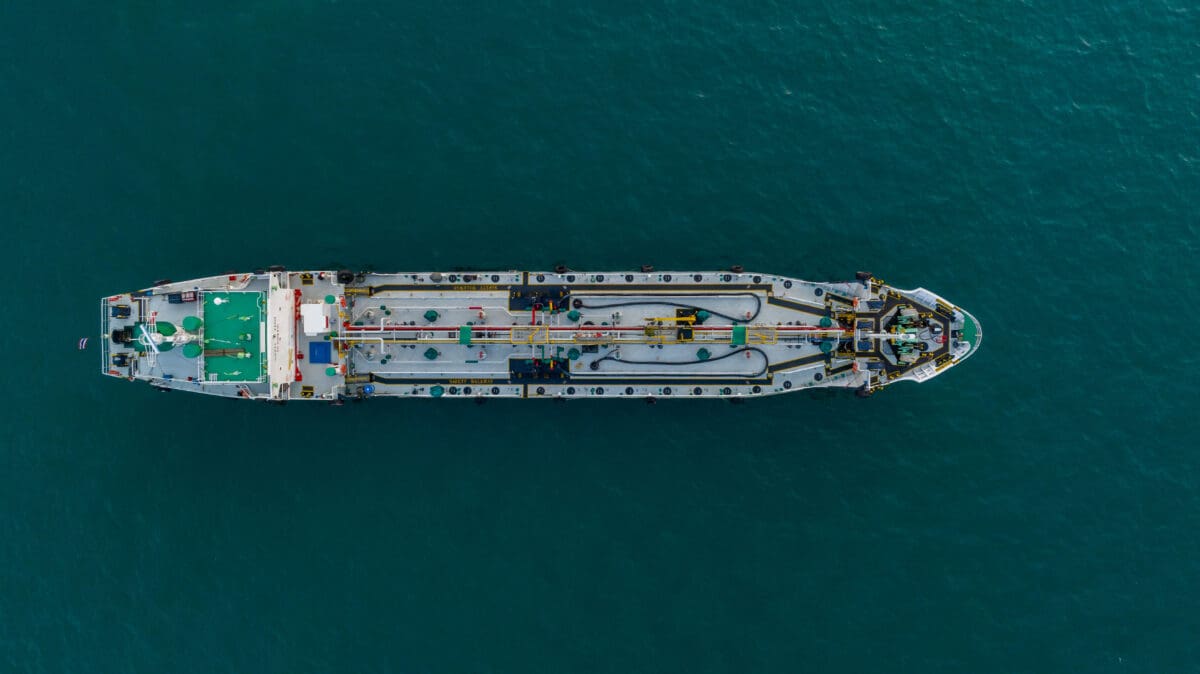
Naval Architecture: Designing Ships for Performance and Efficiency
With an increased demand for more sustainable and eco-friendly operations across nearly all industries, the maritime industry is no exception. Not only does it take a great deal of fuel to transport cargo from shore to shore, but larger naval vessels also put out large amounts of carbon emissions that could contribute to climate change and other environmental issues.
The fields of naval architecture and marine engineering face key challenges and opportunities, especially in designing and building more sustainable vessels while maintaining performance. If you’re interested in making a difference in this realm, understanding the ins and outs of naval architecture, marine engineering, and emerging trends in these dynamic fields is critical.
What Is Naval Architecture?
Before we dive any further into the role of naval architecture and marine engineering in improving sustainability in marine practices, it’s important to understand what the field of naval architecture is and what it entails.
Naval architecture is the design of ships and vessels. It also includes researching new materials, implementing new technologies, and testing innovative design concepts. A large part of naval architecture involves analyzing and testing conceptual ship designs, and then carrying those designs from start to finish.
According to the United States Bureau of Labor Statistics (BLS), “Naval architects design, develop, and evaluate the operation of marine vessels, ship machinery, and related equipment, such as power supply and propulsion systems.”
The work of a naval architect can vary greatly from one day to the next. However, many naval architects are responsible for completing calculations regarding a vessel’s design, such as strength and stability calculations to determine exactly how a ship will perform in varying maritime conditions. Meanwhile, naval architects may also be responsible for completing viability studies on ship designs. These are essential for assessing the feasibility of a vessel’s completion from an economic and budgetary standpoint.
Throughout each project, naval architects may also take part in testing and trials for vessels to ensure that they meet specific laws and regulations for design. In some cases, naval architects may also be responsible for completing detailed drawings and schematics that will be followed by building and construction teams.
In addition to all of these responsibilities, the BLS also outlines the following as common job duties of a naval architect:
- Preparing technical reports.
- Working alongside engineers, managers, and other personnel.
- Conducting environmental tests.
- Preparing contracts, schedules, and cost estimates for individual projects.
The Role of Naval Architecture and Marine Engineering
All too often, the roles of naval architects and marine engineers are mixed up or even considered to be synonymous. While it’s true that these career paths are very closely related (and, in some cases, even interconnected), it’s crucial to understand that these are two distinct fields with some differences worth noting.
Understanding the differences between naval architecture and marine engineering, and how their roles sometimes overlap, helps clarify each field’s impact on the maritime industry.
Naval Architecture vs. Marine Engineering
Interestingly enough, the Bureau of Labor Statistics lumps “marine engineers and naval architects” under the same occupational outlook page. While it’s true that both naval architects and marine engineers play a critical role in creating safe and efficient vessels, they often take on different responsibilities and duties.
Naval architects are most concerned with designing the overall form and structure of a ship with consideration to aspects like ship hydrodynamics, ship stability, and ship resistance to different elements. Likewise, naval architects are responsible for making sure that all ship designs meet current maritime laws and safety regulations.
Meanwhile, marine engineers tend to be more heavily focused on the internal systems and mechanics of a ship. This may include such aspects of a vessels as:
- Propulsion systems
- Steering mechanisms
- Electrical configurations
In this sense, marine engineers are less concerned about the overall structure and design of a ship. Instead, they are more focused on the internal workings of a ship and making sure that these components are working safely and efficiently.
As you can probably imagine, naval architects and marine engineers must frequently collaborate and work together, especially when a vessel is being designed from the ground up. Similarly, these professionals may need to work closely together when existing ships are overhauled or need to undergo significant maintenance/repairs.
Roles and Responsibilities of Naval Architects and Marine Engineers
Compared to the duties and responsibilities of a naval architect (which have been outlined in the “What Is Naval Architecture?” section), some of the most common responsibilities of a marine engineer may include:
- Overseeing construction and repairs on a ship’s internal systems.
- Performing inspections on engines, pumps, electrical systems, and other internal components of a vessel.
- Conducting environmental and performance tests on a ship’s machinery and other systems.
- Communicating with naval architects, designers, and managers, and other personnel to ensure that vessels are built based on technical drawings and design specifications.
- Ensuring that vessels meet specific laws and regulations regarding environmental safety and protection.
The Future of Naval Architecture
The job outlook for both naval architects and marine engineers is projected to grow by 8 percent between 2023 and 2033 alone, which is faster than the national average for all occupations. Per the BLS, “Marine engineers and naval architects are expected to be needed to help design ships and port facilities that meet increasingly strict international emissions standards.”
If you’re considering a career in these fields or the maritime industry, it’s important to know the latest trends and emerging technologies, including groundbreaking innovations in hydrodynamics.
Emerging Trends in Naval Architecture and Ship Design
Recent years have shown some promising advancements in naval architecture and ship design, including:
- Decarbonization - Through innovations in eco-friendly practices (such as electric propulsion, wind energy, hydrogen fuel, and solar power), the maritime industry has been able to significantly reduce carbon emissions in new ship designs.
- Immersive technology – Both virtual reality and augmented reality have been used in recent years to enhance 3D modeling capabilities, which can optimize such practices as design/engineering, inspections, and preventive maintenance.
- Autonomous vessels – In some cases, ships can be designed and built with autonomous technology that makes it possible for them to operate without the need for human intervention. This can cut down on operating costs while also maximizing efficiency.
- AI and analytics – Over the past few years especially, the use of artificial intelligence and analytics has made it increasingly possible for naval architects and marine engineers to pinpoint trends. This information can then be used for forecasting and predictive analytics, which can streamline operations.
The Role of Sustainability in Future Ship Designs
Across the globe, efforts to minimize the carbon footprint of the maritime industry are underway. Many countries are imposing new regulations and requirements for maritime emissions and eco-friendly practices. Some specific trends that the industry is seeing in terms of sustainability include:
- The use of automation to minimize energy use and improve sustainability in ship operations.
- The transition from non-renewable energy sources to alternative fuels to cut down on emissions.
- The use of lightweight and durable materials, such as aluminum and composites, to cut down on ship weight and thus reduce fuel consumption.
Innovations in Hydrodynamics
Hydrodynamics, or the study of how water interacts with a vessel, has also seen some innovations that have the potential to improve sustainability across the maritime industry. For example, new hydrodynamic hull designs are making it possible to cut down on friction and resistance from waves, which can in-turn reduce fuel consumption and waste. This, in addition to the use of wind-assisted propulsion components (such as rotor sails), can have a huge impact on carbon emissions while helping ships operate more efficiently.
Naval Architecture and Ship Design
Naval architects and engineers have a lot to take into consideration when it comes to creating vessels that are fuel efficient and sustainable without compromising performance and reliability. While there are certainly some challenges that professionals in these fields will face, the good news is that there are some promising trends and innovations emerging that could have a major impact on sustainability in future ship designs.
If this type of work interests you and if you can envision yourself using your expertise in this area to tackle critical environmental challenges in the marine industry, then it may be time to take your education to the next level with a Master of Professional Science in Marine Policy and Management from Unity Environmental University. This program is specifically designed to be completed in as little as one year with courses in such critical topics as ethical practice, communication, climate dynamics, and sustainable management.
Plus, because this degree is offered entirely online, you can work toward your master’s degree without having to put other important aspects of your life on hold. Get in touch today to learn more about this program or any other program offered at Unity Environmental University, or get the ball rolling by completing your free online application for admission.



